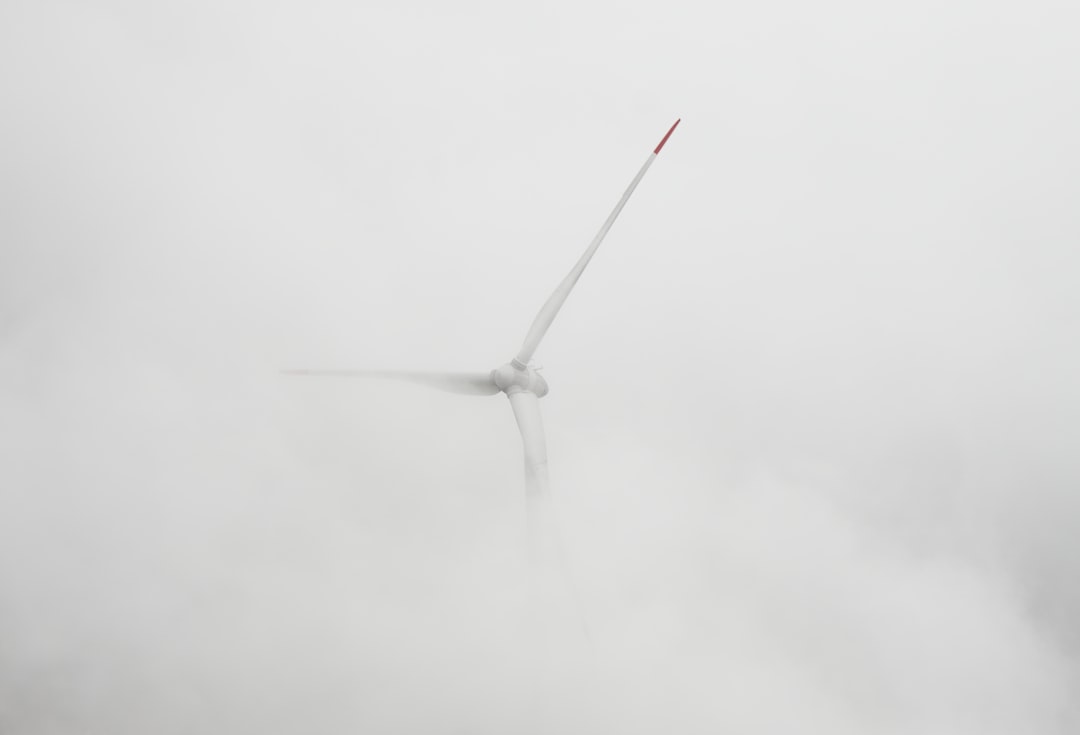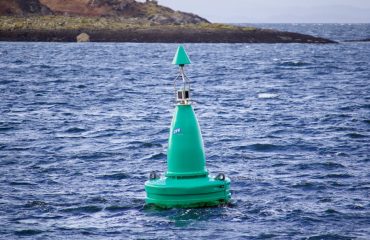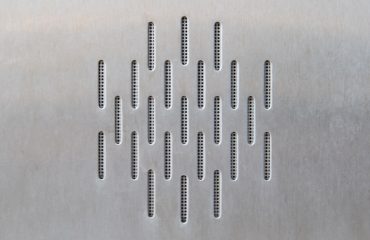Wind turbines, the silent giants of renewable energy, rely on a complex interplay of engineering marvels to harness the power of the wind. While the blades themselves are captivating, their performance and longevity hinge critically on the often-overlooked yet vital: the blade support systems. These systems are the unsung heroes, ensuring the blades rotate smoothly, efficiently, and safely, even under extreme weather conditions. This comprehensive guide delves into the intricacies of these crucial components.
1. The Anatomy of a Wind Turbine Blade Support System: A Detailed Look
A wind turbine blade support system is more than just a simple connection; it’s a sophisticated assembly designed to withstand immense forces. The primary components include the blade root, the pitch bearing, the main bearing, and the yaw system. The blade root is the critical interface between the blade and the hub, transmitting the generated torque and aerodynamic loads. The pitch bearing allows for the adjustment of the blade angle (pitch control), optimizing energy capture and protecting the turbine during high winds. The main bearing supports the entire rotor assembly, carrying the weight of the blades and resisting the substantial bending moments caused by wind loads. Finally, the yaw system allows the entire nacelle (containing the gearbox, generator, and other components) to rotate, keeping the blades optimally aligned with the wind direction. Each component plays a crucial role in the system’s overall performance and reliability.
2. Materials Science in Blade Support: Strength, Durability, and Longevity
The materials used in wind turbine blade support systems are chosen for their exceptional strength-to-weight ratio, fatigue resistance, and corrosion resistance. High-strength steels, advanced composites like carbon fiber reinforced polymers (CFRP), and specialized bearings are commonly employed. The selection of materials depends on factors such as turbine size, operating conditions, and cost considerations. Steel remains a prevalent choice for its high strength and relatively low cost, but its susceptibility to corrosion necessitates protective coatings and regular maintenance. CFRP composites offer superior strength and lighter weight, improving efficiency but increasing the overall cost. Bearings, often made from high-quality steel alloys or ceramics, are crucial for smooth, low-friction rotation and must endure immense loads and cyclical stresses.
3. Maintenance and Inspection: Ensuring Optimal Performance and Safety
Regular maintenance and inspection of blade support systems are paramount to ensuring the safety and efficiency of wind turbines. This involves visual inspections for signs of wear, corrosion, or damage, as well as more in-depth assessments using advanced non-destructive testing (NDT) techniques such as ultrasonic testing and radiography. Lubrication of bearings is critical to minimizing friction and extending their lifespan. Regular tightening of bolts and connections is also essential to prevent loosening and fatigue failure. The frequency of maintenance depends on various factors, including environmental conditions, turbine design, and operational history. Proactive maintenance strategies, coupled with predictive maintenance technologies using sensors and data analytics, are increasingly being adopted to optimize maintenance schedules and minimize downtime.
4. Advancements and Innovations in Blade Support Technologies
The field of wind turbine blade support systems is constantly evolving, driven by the need for greater efficiency, reliability, and cost-effectiveness. Research focuses on developing new materials with enhanced properties, improved bearing designs for reduced friction and increased lifespan, and advanced monitoring systems for early detection of potential problems. The integration of smart sensors and condition-based monitoring systems allows for real-time assessment of the health of the support systems, enabling predictive maintenance and reducing unplanned downtime. Advances in lubrication technologies, utilizing advanced lubricants and lubrication systems, also contribute to improved performance and reduced maintenance requirements. Furthermore, research into active control systems, which can adjust the support system’s response to changing wind conditions in real-time, is paving the way for more robust and efficient turbines.
5. The Future of Wind Turbine Blade Support: Sustainability and Efficiency
The future of wind turbine blade support systems is inextricably linked to the broader goals of sustainability and efficiency in renewable energy. This means a continued focus on developing lightweight, durable, and recyclable materials. Lifecycle assessment (LCA) methodologies are being increasingly employed to evaluate the environmental impact of different materials and designs. Research into bio-based materials and sustainable manufacturing processes is gaining momentum. Furthermore, the integration of advanced digital technologies, such as artificial intelligence (AI) and machine learning (ML), holds immense potential for optimizing the design, operation, and maintenance of these critical components. By leveraging data-driven insights and predictive analytics, it will be possible to further enhance the reliability, efficiency, and lifespan of wind turbine blade support systems, ultimately contributing to a more sustainable energy future.
Tags: Wind Turbine Blades, Blade Support Systems, Wind Turbine Maintenance, Wind Energy Technology, Renewable Energy Engineering




